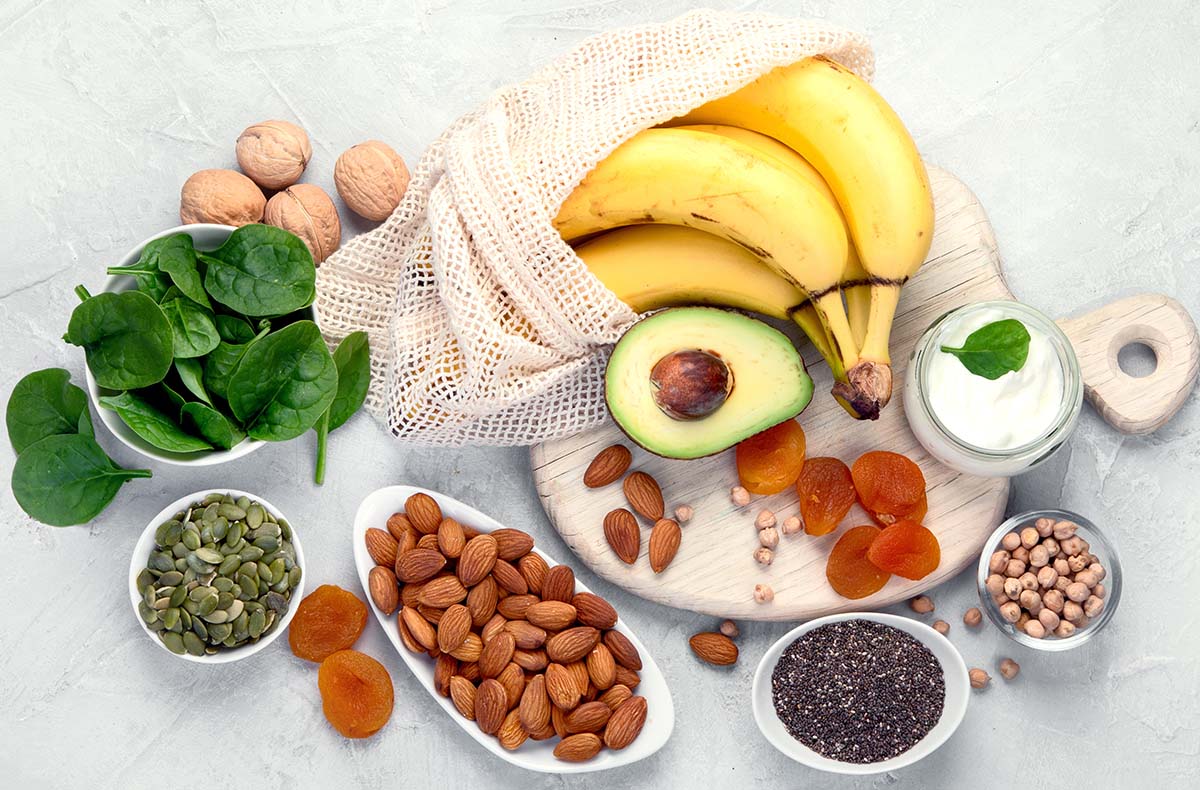
As spring starts and the weather warms, many of us are still grappling with our New Year’s resolutions: the commitment to finally losing that holiday weight, and the pandemic weight from the year prior. Those of us attempting to reduce our body fat or the number on the scale face a rather daunting task. And it doesn’t help that there’s no end to the amount of conflicting information that exists surrounding weight loss and dieting.
We’ve all heard of at least several different diets, and likely have a variety of friends who have been successful on any number of permutations of these diets. Will veganism solve all our problems? Or is a ketogenic or paleo diet better for our needs? At the end of the day, there’s no one-size-fits-all for diets. The only real, reliable truth is: to reduce its mass, an organism has to absorb fewer calories than it uses.
To begin unraveling and simplifying the decision-making process over what diet is best for us, it is best to first discuss some basic biophysical principles. All human bodies are governed by the same laws of physics as everything in the universe. If we treat biology as an emergent science of chemistry, and chemistry as an emergent science of physics, we can begin to organize some of our decision making around the same rules that govern the universe: and that’s kinda cool.
When we look at a nutrition label, we will see the calories of the food item in big bold numbers up at the top. But what exactly is a calorie? A “calorie” on a food label is actually shorthand for a kilocalorie (kcal), or a thousand Calories. This is obviously a little circular, so it’s important to understand that the common nutritional definition of a calorie is different from the thermochemical definition of a Calorie (note the capitalization).
The accurate, scientific definition of a Calorie is the energy needed to raise the temperature of 1 gram of water by 1 °C. What we call a “calorie” on nutrition labels and in common conversation is one thousand of these. This amount of energy can also be noted as joules, which it often is outside of the U.S. It’s also important to note that this is a discrete amount of energy that is stored in the chemical bonds between atoms of the foods we consume and the substances in which store energy including body fat which we’ll discuss more below. The number and type of chemical bonds in the food we consume determines the amount of energy or calories something contains; the amount of energy will not change until the number of bonds changes.
Now comes the part that’s relevant to us as humans. If we can absorb these chemical bonds—and we normally can—then we get the energy from food. If we don’t absorb the food, then it passes through us relatively undisturbed. Calories we absorb will either get used immediately or stored as any number of substrates. At least one of these substrates is very familiar and very important to us, and that’s body fat. Body fat stores the most amount of calories of any tissue in the body, but calories are technically stored in all tissues that contain chemical bonds that can be used for energy. The breaking of these bonds creates energy that can be used to power any number of human activities, such as moving, breathing and thinking (yes, thinking!)
Some lesser known substrates are intramuscular triglycerides, fatty streaks we can see as the marbling in meat, and a substance called glycogen, which is stored in the muscles and liver. Additionally, we also use the molecule glucose for energy—the amount of glucose in our blood is often referred to as our blood sugar. You’re likely familiar with “low blood sugar,” this is when levels of glucose drop in our blood. In typical individuals, this usually occurs after periods of fasting or intense prolonged exercise.
The specific bioenergetics of when the aforementioned substrates are used and at what rate is fairly complicated and still not fully understood. What is relevant, however—and useful for us when it comes to our personal weight loss goals—is understanding that ultimately, the calories we consume are either burned as energy or stored in the body. There is no other fate for the calories we consume. As we may remember, the energy that calories measure is stored in the chemical bonds between the atoms of the food we eat. So regardless of how those bonds are stored, those wanting to lose mass need to put fewer calories into our body than we use as fuel.
So to recap: calories (kcal) are the fuel that help us move and perform any activity. Any excess calories we absorb without using gets stored—most often in body fat. And to lose weight or reduce body fat, we have to consume fewer calories than we use for energy. This is a physical reality governed by the aforementioned laws of the universe.
In my next article, I will go over how the body uses these calories—and how you can use that knowledge to finally tip the scale in your favor.

